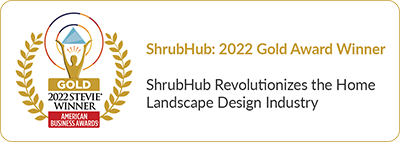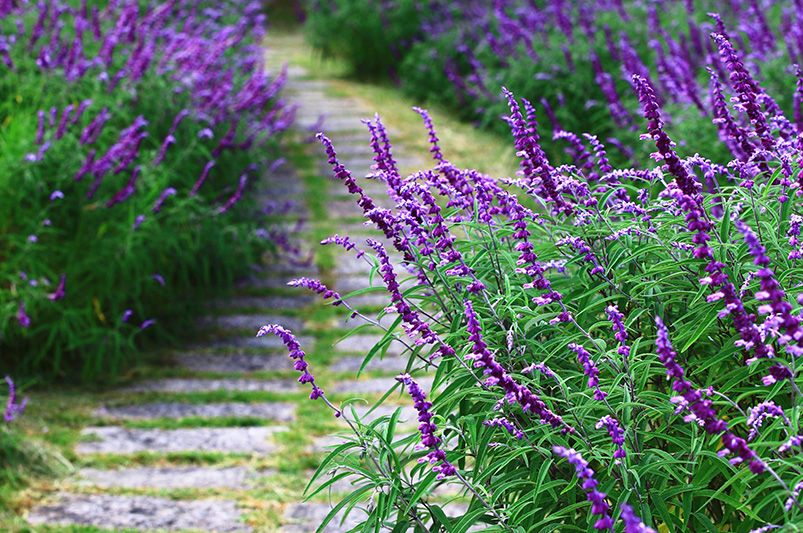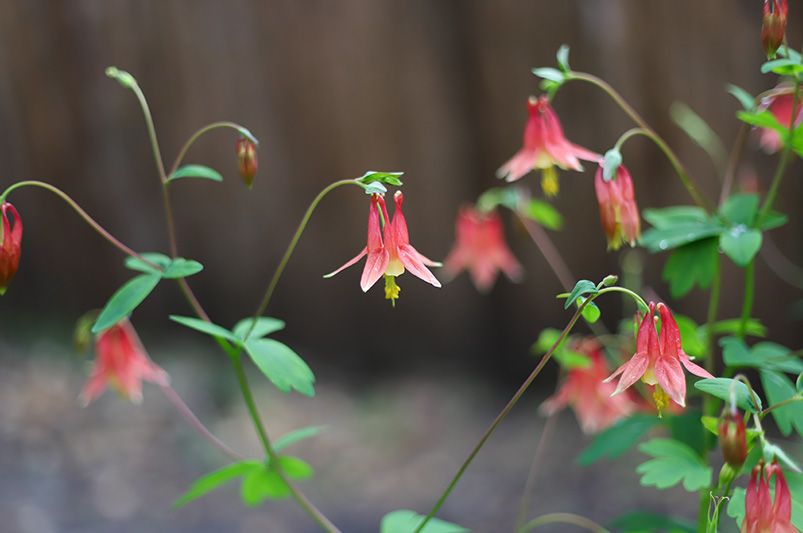
Hummingbird Haven: How to Attract and Protect These Tiny Garden Visitors
Published: 28/08/2025 | Updated: 18/12/2025
Few backyard guests bring as much joy as hummingbirds. Their quick wings, jewel-toned feathers, and playful energy make them a delight to watch. But while many gardeners want to attract them, not everyone realizes that keeping them safe is just as important as bringing them in. From choosing the right plants to preventing competition from bees and wasps, creating a hummingbird-friendly garden requires a little planning.


In this post, we’ll cover everything you need to know about:
-
Perennials that naturally attract hummingbirds
-
Keeping them safe from bees, wasps, and other competitors
-
Smart placement of water sources
-
The best types of hummingbird feeders and reservoirs
1. Perennials That Attract Hummingbirds
Hummingbirds love tubular, nectar-rich flowers that allow them to sip easily with their long beaks. Some top choices include:
-
Bee Balm (Monarda): Vibrant reds and pinks are irresistible.
-
Salvia: Hardy, colorful, and a top hummingbird favorite.
-
Columbine: Early blooms provide nectar in spring.
-
Coral Bells (Heuchera): Their delicate flowers draw hummingbirds reliably.
-
Trumpet Vine: A strong grower with orange-red blossoms perfect for hummingbirds.
Planting a mix that blooms from spring through fall ensures your garden always has something to offer.

2. Keeping Hummingbirds Safe
Attracting hummingbirds is easy—but protecting them is key.
-
Bee & Wasp Control: Avoid placing feeders near strong-smelling flowers that also attract bees. Opt for saucer-style feeders with bee guards to keep insects out.
-
Avoid Pesticides: Many sprays are toxic to hummingbirds. Choose natural alternatives to manage pests.
-
Provide Shelter: Plant shrubs or trees nearby for quick cover when they feel threatened.
Pro Tip: Natural Pest Deterrent
One simple, natural way to keep ants and wasps away without disturbing hummingbirds is to use peppermint oil. Place cotton balls soaked in peppermint oil around the base of the feeder, or lightly spray a diluted peppermint oil solution on the feeder pole and the ground beneath it. Just be sure not to apply it directly to the feeder or nectar itself.
3. Water Placement for Hummingbirds
While nectar is their main fuel, hummingbirds love to bathe and play in moving water.
-
Misters and Fountains: A gentle mist or trickling fountain is more appealing than a still birdbath.
-
Shallow Water: If using a dish, make sure it’s very shallow or place pebbles for safe perching.
-
Placement: Keep water sources near nectar plants but away from ground predators like cats.

4. Choosing the Best Feeder & Reservoir
-
Reservoir Size: Smaller feeders are better unless you have a lot of visitors—nectar spoils quickly.
-
Material: Glass and sturdy plastic feeders last longer and are easier to clean.
-
Cleaning Routine: Refresh nectar every 2–3 days (more often in hot weather) and scrub feeders weekly.
-
No Red Dye: Stick to plain sugar water (4 parts water, 1 part sugar) to keep them healthy.

Conclusion
By combining the right plants, safe feeding practices, and thoughtful water placement, your yard can become a true hummingbird haven. With a little planning, you’ll not only attract these magical creatures—you’ll also keep them thriving season after season.
Want to make your garden irresistible to hummingbirds?
Download our free Hummingbird Garden Checklist and get all the steps you need—at a glance—to create a safe, nectar-filled haven for these dazzling little visitors.
Want a garden that attracts more wildlife—hummingbirds, butterflies, and beyond?
ShrubHub’s design experts can help you transform your yard into a nature-friendly retreat.
👉 Get Your Free Design Quote Today with ShrubHub!


